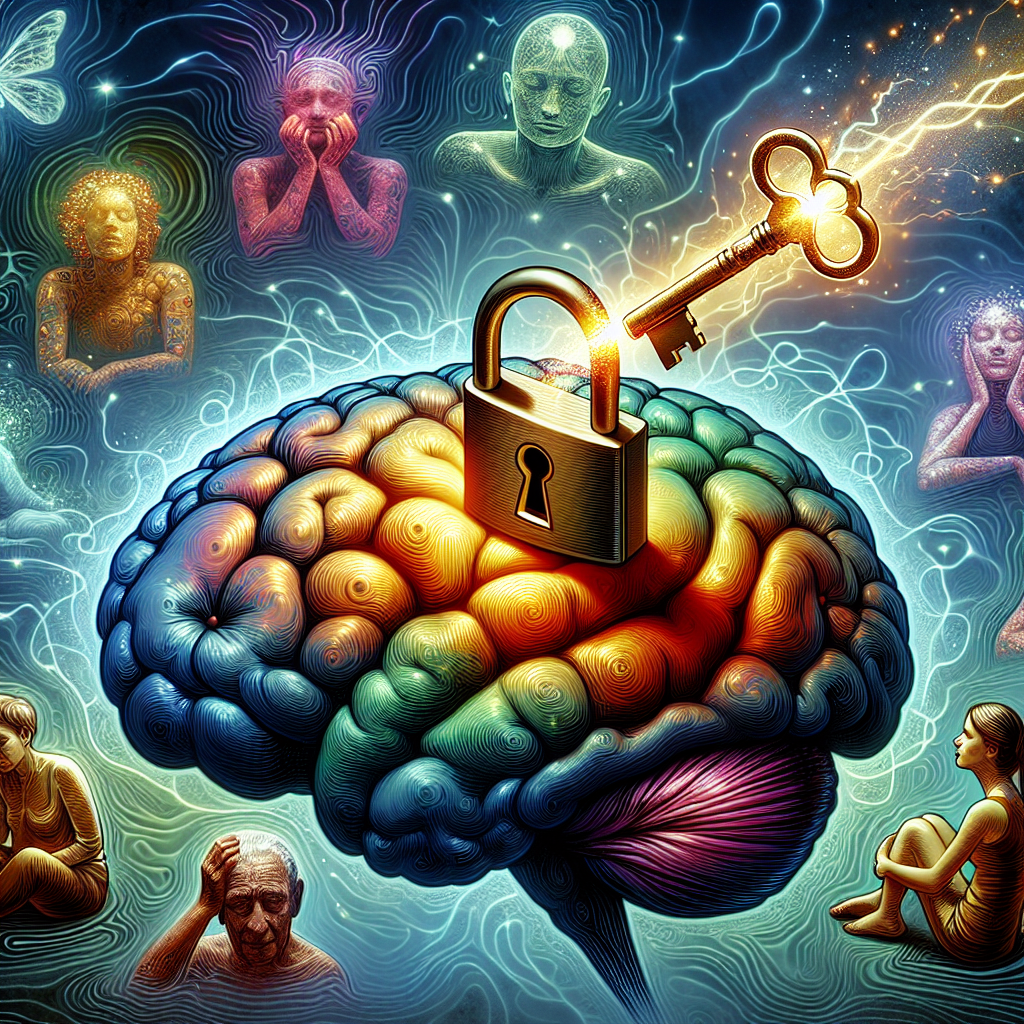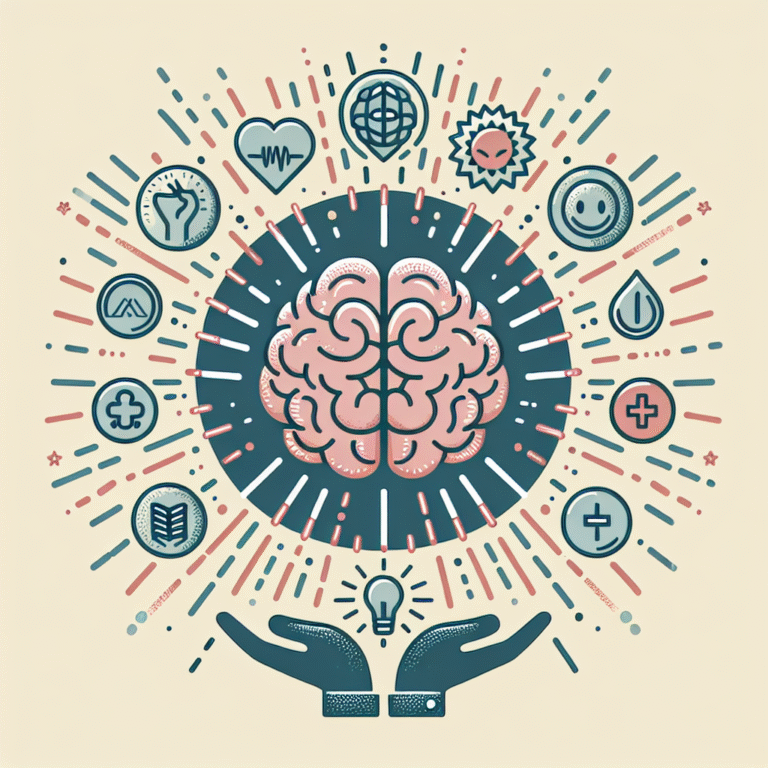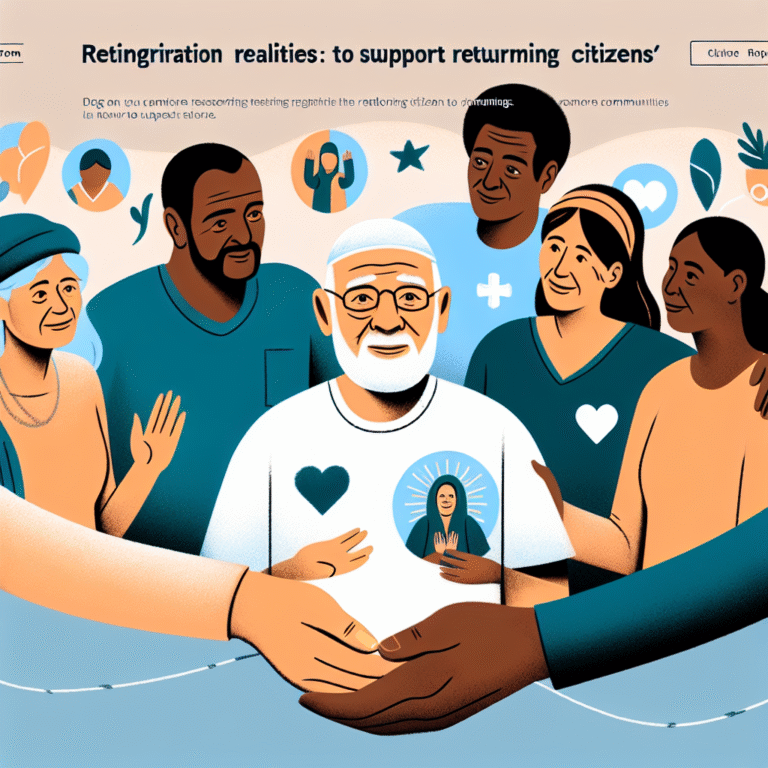
Introduction
In a world brimming with challenges, mental health issues often loom large, affecting millions of individuals and their loved ones. The ability to adapt, cope, and thrive in the face of adversity is a fundamental aspect of human resilience. Yet, for some, this journey can feel insurmountable. This is where the art and science of behavioral therapy come into play. Unlocking the Mind: How Behavioral Therapy Transforms Lives delves deep into the transformative power of this therapeutic approach, revealing not only how it works but also how it ignites change in people grappling with various psychological hurdles.
Behavioral therapy focuses on the relationship between thoughts, feelings, and behaviors, empowering individuals to make meaningful changes in their lives. By providing practical strategies and tools, it can unlock mental barriers and foster a renewed sense of hope and purpose. Whether you’re exploring therapy for the first time or seeking inspiration to enhance your well-being, this article serves as a comprehensive guide to the profound impact of behavioral therapy.
The Foundations of Behavioral Therapy
What is Behavioral Therapy?
Behavioral therapy is a psychological treatment that focuses on changing specific behaviors rather than delving deep into emotional and psychological roots. The central idea is that behavior is learned and can, therefore, be unlearned. This therapy is grounded in the principles of behaviorism, a psychological approach that emphasizes observable behavior and disregards mental activities.
Key Principles of Behavioral Therapy
- Reinforcement: Positive and negative reinforcement can shape behavior.
- Conditioning: Both classical and operant conditioning are used to facilitate learning.
- Habituation: Gradually exposing patients to anxiety-inducing situations—called exposure therapy—can decrease fear responses.
Techniques Employed in Behavioral Therapy
- Cognitive Behavioral Therapy (CBT): This is the most widely recognized form of behavioral therapy, which melds cognitive and behavioral techniques.
- Exposure Therapy: Used primarily for anxiety disorders, it involves gradual exposure to feared objects or contexts.
- Operant Conditioning: This technique focuses on modifying behaviors through reinforcement strategies.
Real-World Applications and Case Studies
Case Study 1: Overcoming Anxiety
Client Profile: Jane, a 29-year-old woman, struggled with social anxiety disorder, leading to isolation and a decline in her career prospects.
Therapeutic Approach: Through CBT, Jane learned to identify negative thoughts associated with social situations and replace them with more rational perspectives. Her therapist utilized exposure techniques, gradually encouraging her to engage in social activities.
Outcome: After several months of therapy, Jane felt significantly more comfortable in social settings and began to attend networking events, ultimately advancing her career.
Analysis: This case underscores how Unlocking the Mind: How Behavioral Therapy Transforms Lives through practical techniques can empower individuals to reclaim control over their lives, facilitating growth in both personal and professional realms.
Case Study 2: Managing Depression
Client Profile: Mark, a 42-year-old man, experienced persistent feelings of sadness and lack of motivation.
Therapeutic Approach: Mark’s therapist introduced behavioral activation, a component of CBT that encourages individuals to engage in meaningful activities, even when they don’t feel like it.
Outcome: Gradually, Mark re-engaged with hobbies he once loved, including hiking and reading. This renewed sense of purpose contributed to a marked improvement in his overall mood and energy levels.
Analysis: This transformation illustrates the power of behavioral therapy in Unlocking the Mind: How Behavioral Therapy Transforms Lives by encouraging active participation in one’s life, even amidst feelings of despondency and inertia.
The Science Behind Behavioral Therapy
Effectiveness and Research Findings
The efficacy of behavioral therapy has been well-documented across numerous studies. According to research published by the American Psychological Association, behavioral therapy can significantly reduce symptoms of various disorders, including anxiety, depression, and PTSD.
Understanding the Data
| Disorder | % Improvement with CBT | % Improvement without CBT |
|---|---|---|
| Generalized Anxiety | 70% | 30% |
| Major Depression | 60% | 25% |
| PTSD | 80% | 40% |
Analysis: The data clearly indicates that behavioral therapy, particularly CBT, dramatically enhances recovery rates for individuals suffering from common mental health disorders. Unlocking the Mind: How Behavioral Therapy Transforms Lives is thus not just a theoretical concept but a reality backed by research.
The Journey of Transformation
Stages of Behavioral Therapy
- Assessment and Goal Setting: The therapist assesses the client’s specific challenges and establishes clear, achievable goals.
- Skill Building: Clients learn techniques and strategies during therapy sessions to manage their thoughts and behaviors effectively.
- Practice and Reinforcement: Clients practice these skills in real-life situations between sessions while receiving ongoing support and feedback.
- Evaluation: Progress is continuously monitored, and therapy is adjusted to ensure the best outcomes.
The Role of the Therapist
A trained behavioral therapist is not merely a guide; they play a pivotal role in creating a safe environment conducive to change. Through active listening, providing constructive feedback, and promoting accountability, therapists foster an atmosphere where clients can discover their potential.
Enhancing Resilience Through Behavioral Therapy
Building Coping Strategies
One of the most powerful aspects of behavioral therapy is its focus on building coping strategies that extend beyond the therapy room.
- Mindfulness Techniques: Clients are taught to remain present and engage with their thoughts without judgment.
- Problem-Solving Skills: Effective strategies for tackling everyday dilemmas can limit negative thought patterns.
- Stress Management: Techniques like deep breathing, progressive muscle relaxation, and visualization can significantly enhance emotional regulation.
Case Study 3: Conquering Phobias
Client Profile: Lisa, a 34-year-old teacher, faced an intense fear of flying that limited her travel dreams.
Therapeutic Approach: Employing exposure therapy, she gradually confronted her fear through a series of controlled exposures, from watching videos of planes taking off to taking short flights.
Outcome: By the end of her therapy, Lisa flew to a conference across the country, which she described as a life-changing experience.
Analysis: This case illustrates how behavioral therapy effectively aids in Unlocking the Mind: How Behavioral Therapy Transforms Lives, equipping clients with the tools necessary to conquer irrational fears and live fuller lives.
The Broader Impact of Behavioral Therapy
Transforming Family Dynamics
Behavioral therapy can also extend its benefits beyond the individual to enhance familial relationships. For instance, techniques learned in therapy can be shared among family members, creating a supportive environment conducive to healing and growth.
Fostering Community Awareness
Through workshops and group therapy sessions, individuals can promote mental health awareness, breaking down the stigma surrounding mental health issues. Engaging in community-driven initiatives can foster a sense of belonging and shared purpose, further amplifying the benefits of behavioral therapy.
Conclusion
Unlocking the Mind: How Behavioral Therapy Transforms Lives is not merely a theoretical concept but a profound journey of personal growth and self-discovery. Through a combination of practical strategies and the compassionate guidance of experienced therapists, individuals can reclaim their lives from the shackles of anxiety, depression, and phobias.
As you consider the possibility of embarking on your journey through behavioral therapy, remember the stories of transformation presented in this article. Your road to recovery and empowerment may be one step away, and the time to start is now.
FAQs About Behavioral Therapy
-
What conditions can behavioral therapy treat?
Behavioral therapy is effective for a variety of conditions, including anxiety disorders, depression, PTSD, OCD, and phobias. -
How long does therapy typically last?
The duration of therapy can vary, but many individuals experience significant changes within 12 to 20 sessions. -
Is behavioral therapy effective on its own?
Yes, behavioral therapy can be effective on its own or in conjunction with medications, depending on individual needs and circumstances. -
What can I expect during my first session?
The first session typically focuses on understanding your concerns, setting goals, and establishing a rapport with your therapist. - Are there any side effects of behavioral therapy?
Behavioral therapy is generally a safe treatment with minimal side effects. Any discomfort usually arises from confronting difficult thoughts or memories.
By unlocking the mind through behavioral therapy, individuals can experience profound changes in their lives, illuminating the path to a richer, more fulfilling existence. Start your journey today.


















